Art in NYC: Giacometti at the Guggenheim Museum
Expansive expose of Giacometti’s sculptures, paintings and drawings on view at the Guggenheim until September 12, 2018
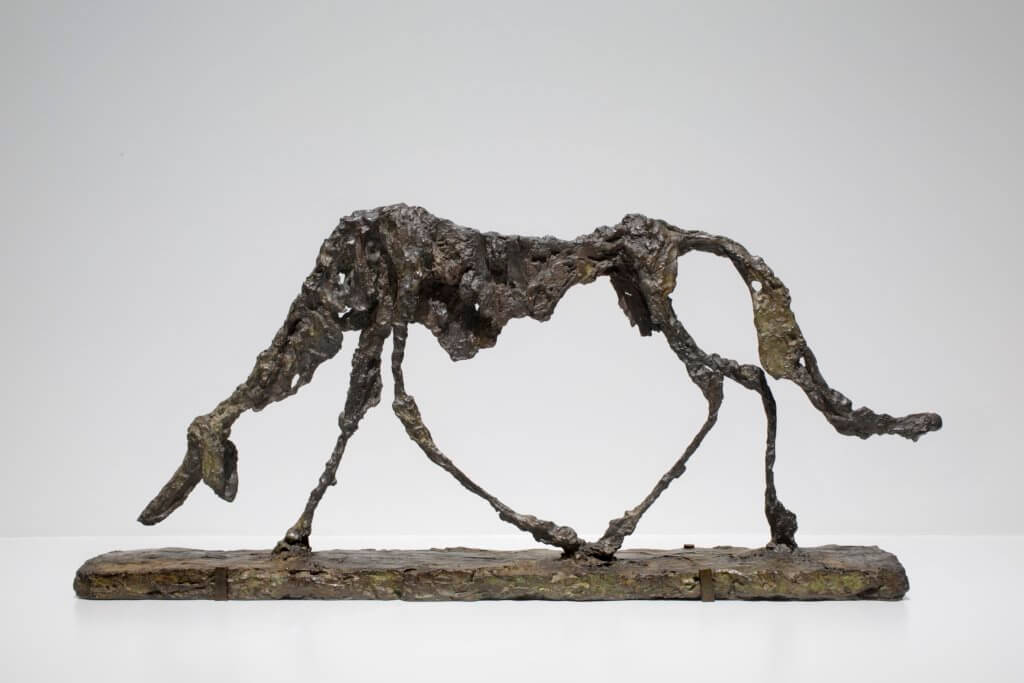
Alberto Giacometti doesn’t need an elaborate introduction. His signature figures of striding tall men and extremely elongated silhouettes of women standing on heavy pedestals are immediately recognizable and treasured. Yet with all its familiarity and accessibility, the exhibition at Guggenheim uncovers the roots of artist’s journey from Cubism in his early years to figurative compositions in his later period adding layers of depth and influences.
Guggenheim’s spiraling rotunda which houses the exhibition’s vast number of sculptures, painting, and sketches serves as a symbolic climb to the triumph of Giacometti’s life work. His search for a true representation of humanity in its stillness and action are accompanied by meticulous curatorial introductions and labels. There is a lot behind each piece of work from the tiniest figurines to the towering sculptures. Get close to the artist’s thinking and immerse yourself into the existential art of “a Certified Genius™” as the FT calls the artist. The exhibition is on view until September 12, 2018.
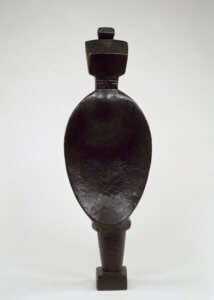
Born in 1901 to a family of the professional post-impressionist painter Giovanni Giacometti, Alberto and his younger brothers were exposed to art from early years. In 1922 Giacometti had moved to Paris to study with the sculptor Antoine Bourdelle, an associate of Rodin. However, the turbulent currents of new artistic movements of the time and the influence of Cubism and Surrealism led to Giacometti experimenting with making “object-sculptures” away from figurative representations. The works of Brancusi, Lipchitz, Picasso made a strong impression on the artist. The early period of his career was also heavily affected by the writings of Andre Bretton and Georges Bataille. The current exhibition presents a number of those “object-sculptures” made in late 1920 and early 1930 like “Spoon Woman” and “Suspended Ball” which brought Giacometti first success and recognition among the rest of the artists on a crowded Parisian art scene.
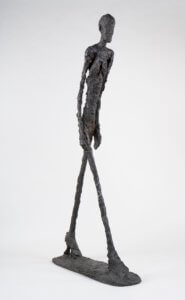
That infatuation with cubist objects lasted for Giacometti until mid-thirties at which point the artist returned to work on the representation of human head. He produced multiple variations of heads in various sizes with even the tiniest one showing recognizable features of a sitter.
The years of Nazi occupation of France caught him in Switzerland as he was not able to return to Paris. He kept painting and making miniature figureheads which he brought back with him to Paris when the war was over. The devastation and anguish of destruction and human sufferings made an impulse for making his signature long scrawny figures of people populating the earth in a wake of the disaster. His technique of scrapping the material over and over resulted in blade thin bodies on massive pedestals. They look more like shadows of people serving as the sobering reminder of what the war can do to the humankind.
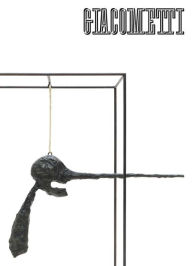
The topic of death and darkness can be seen in many caged objects and figures. “Le Nez”, unrealistically long, ugly and scary protruding through the edges of the cage, screams of pain and loss. Made in 1945 it was influenced by the artist’s experience of witnessing the death of a traveling companion.
In his later years back in Paris Giacometti kept a keen interest in observing the street life. Those themes of multiple figures, as well as the standalone sculptures and heads of various sizes, are also on view.
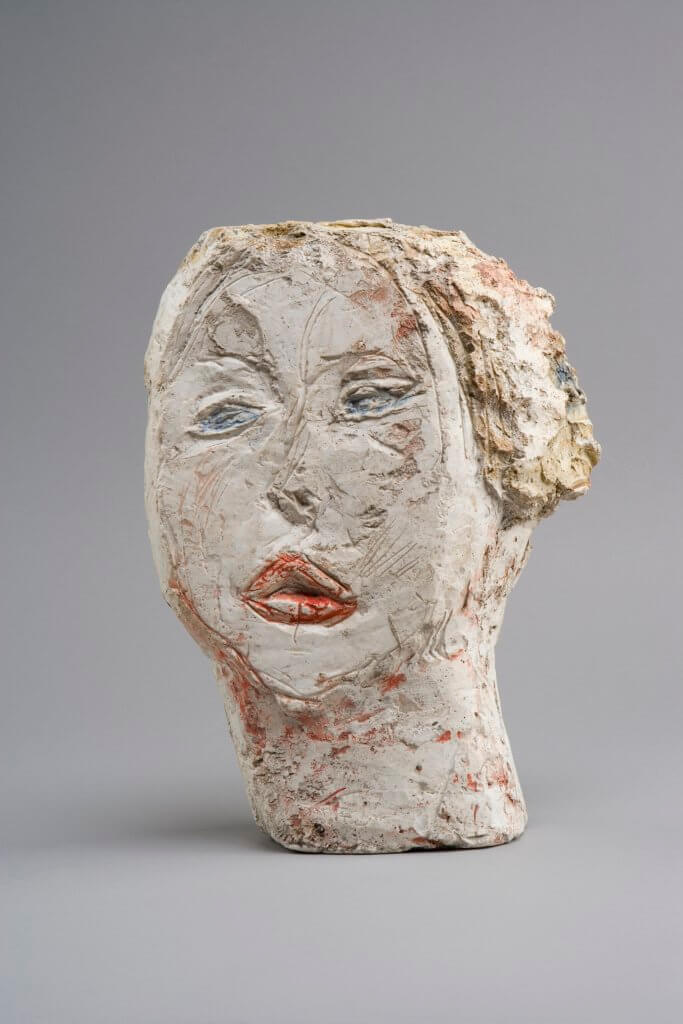
Pace your walk through the rotunda and delight yourself by absorbing the quest to represent human pains and emotions.
With The New York Pass can get a free access to the Guggenheim Museum and more in New York City.
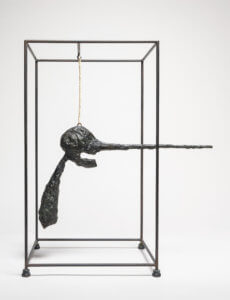
Time: June 8 – September 12, 2018
Venue: 1071 5th Ave, New York, NY 10128
Use Promo Code TMNTX
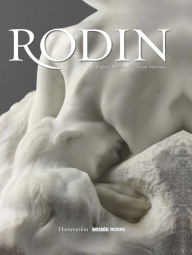
One thought to “Art in NYC: Giacometti at the Guggenheim Museum”
Comments are closed.